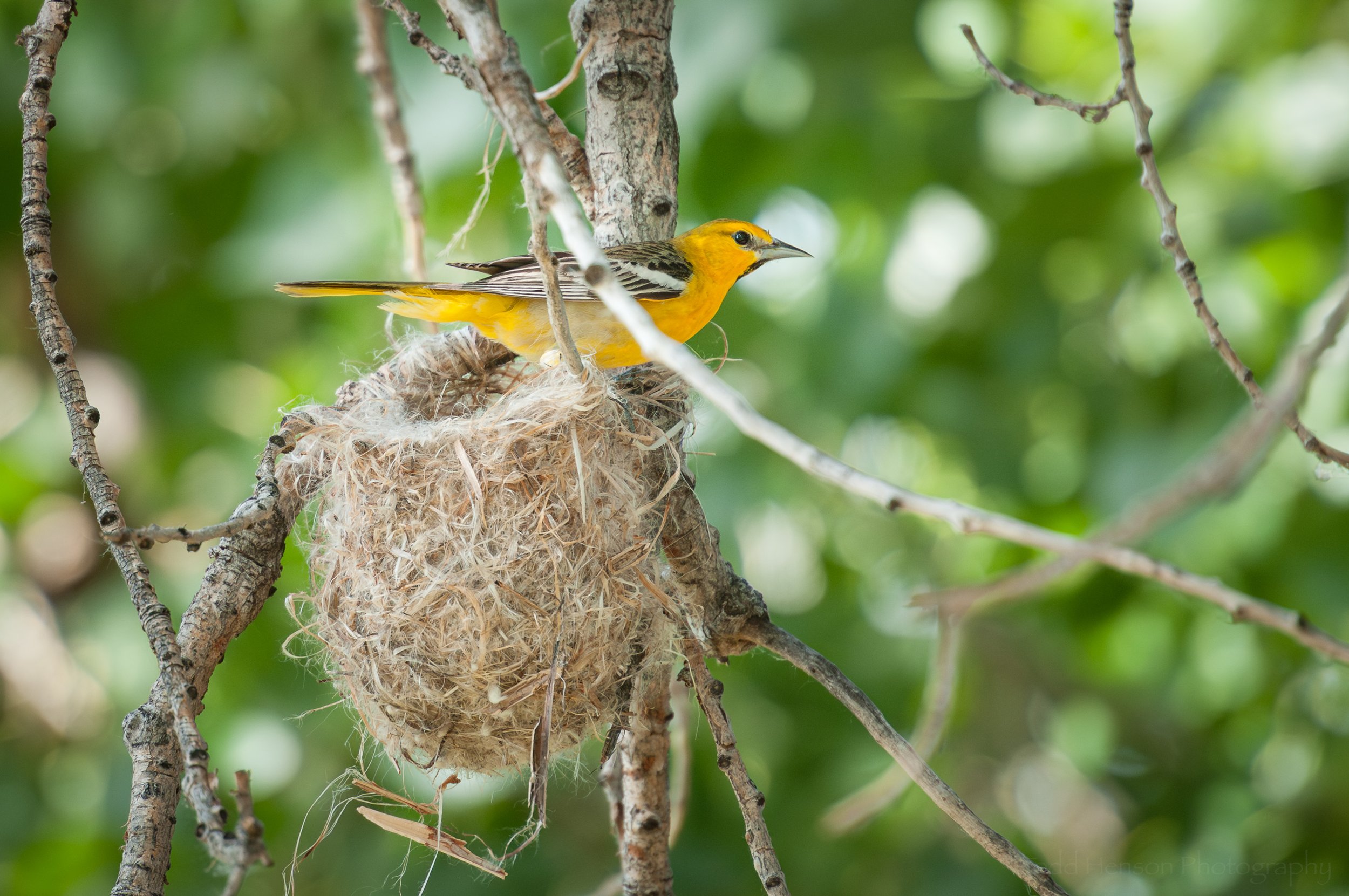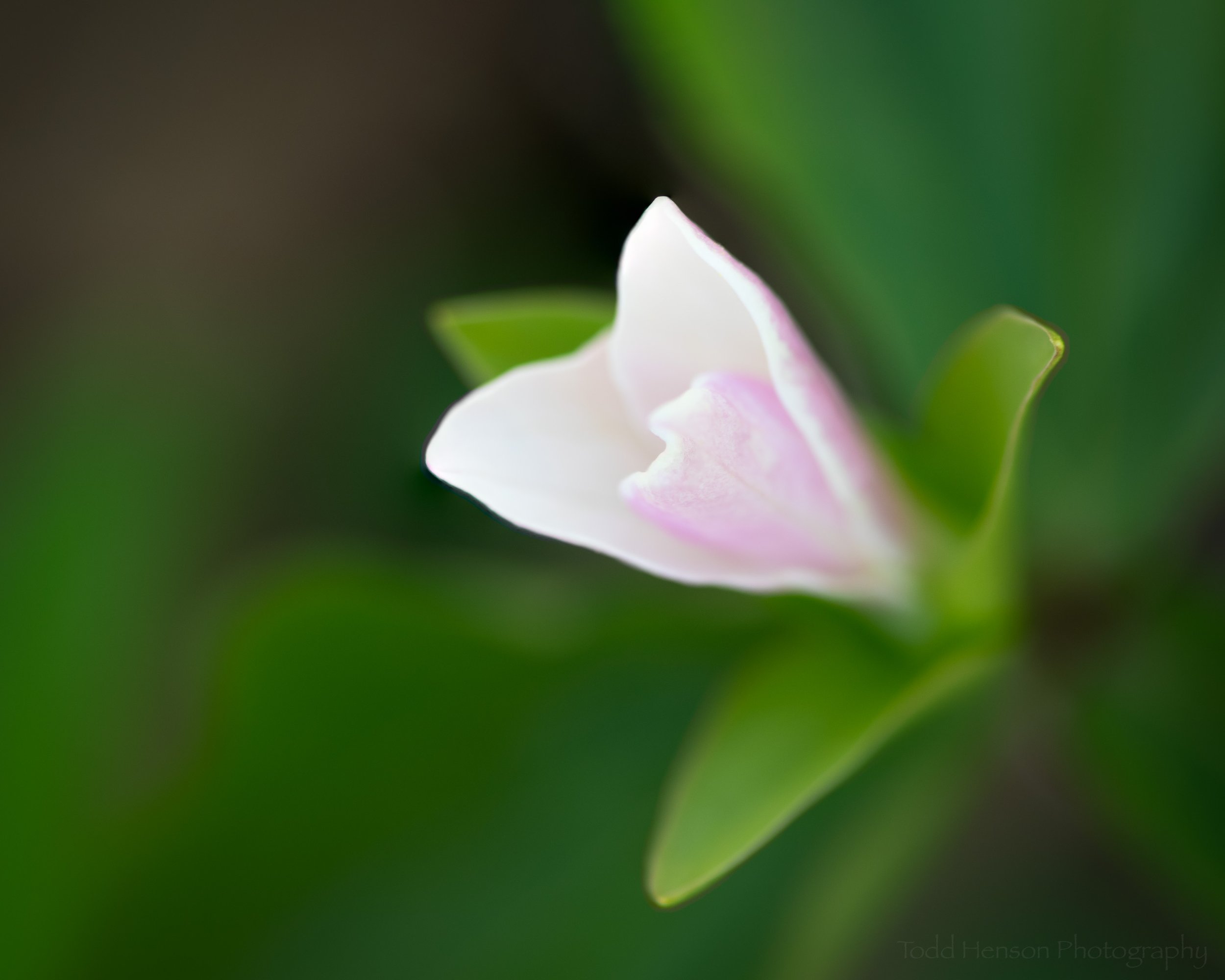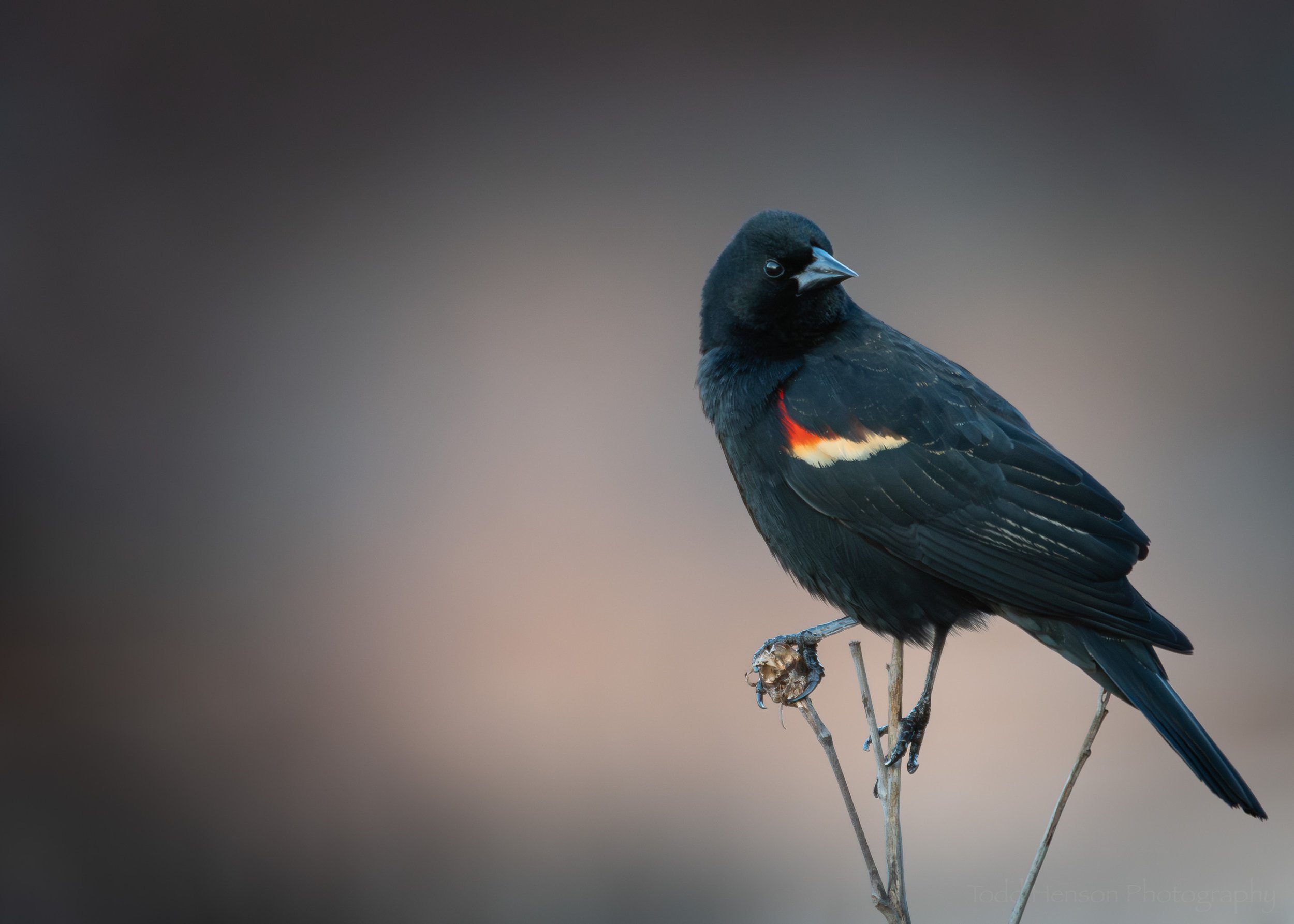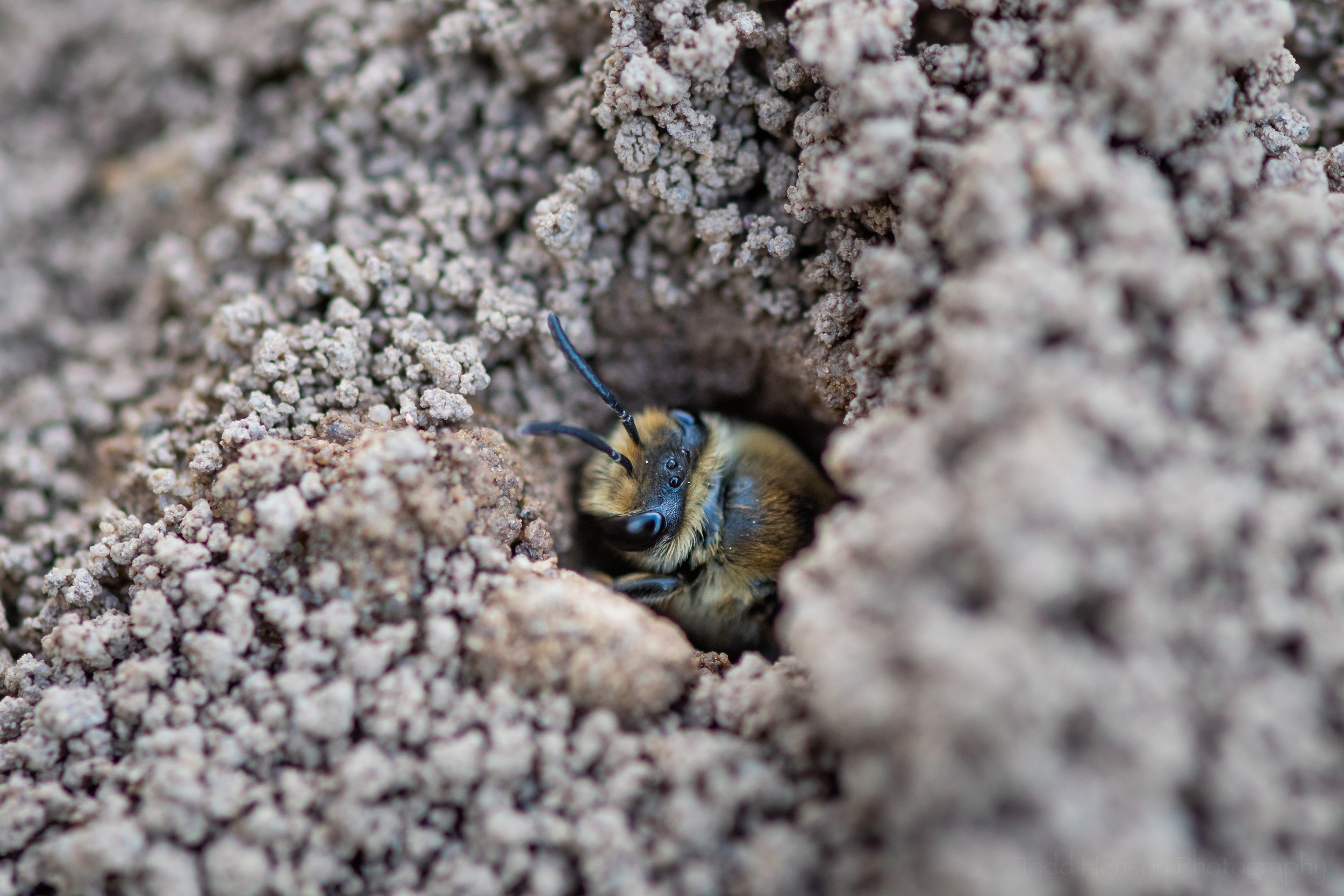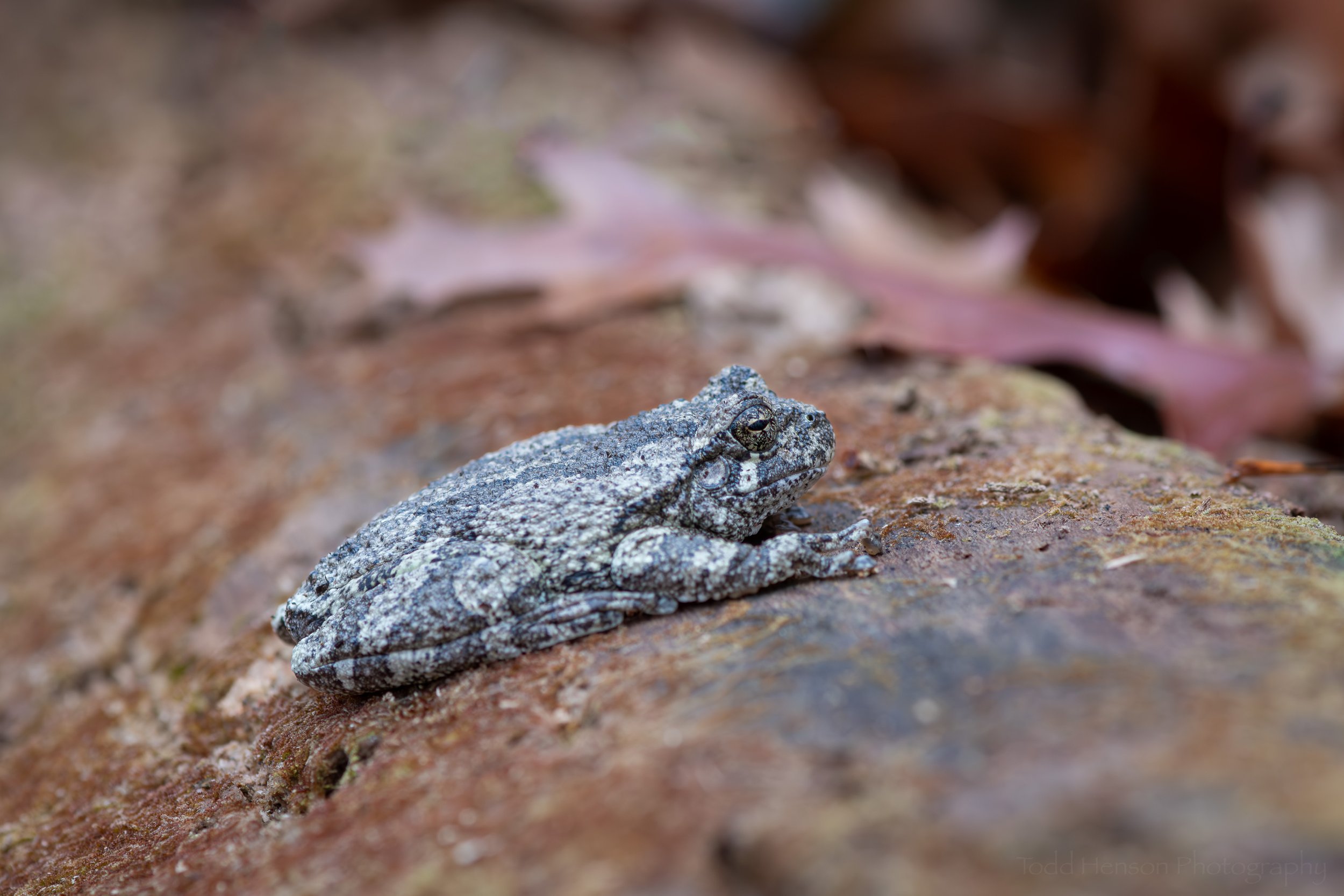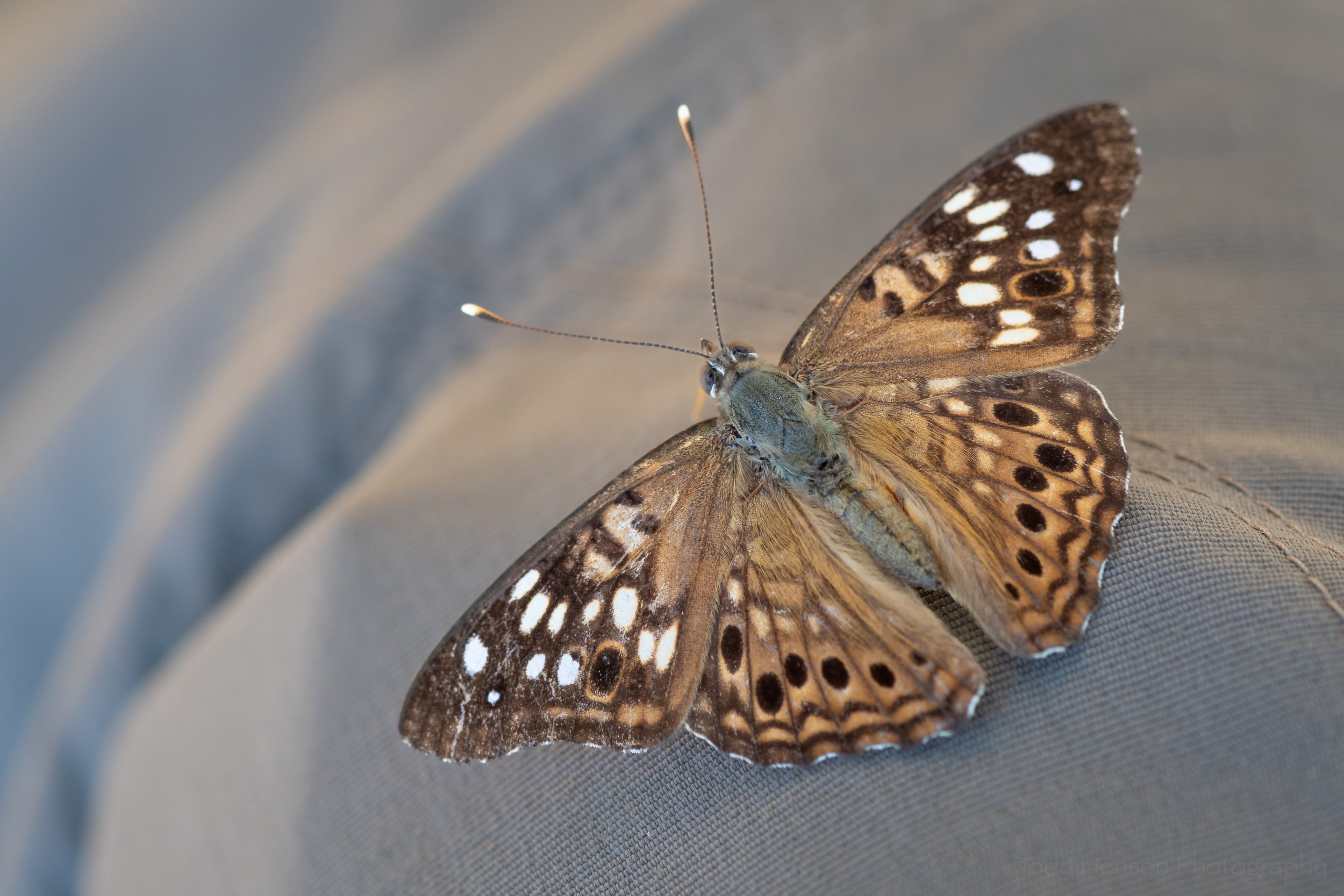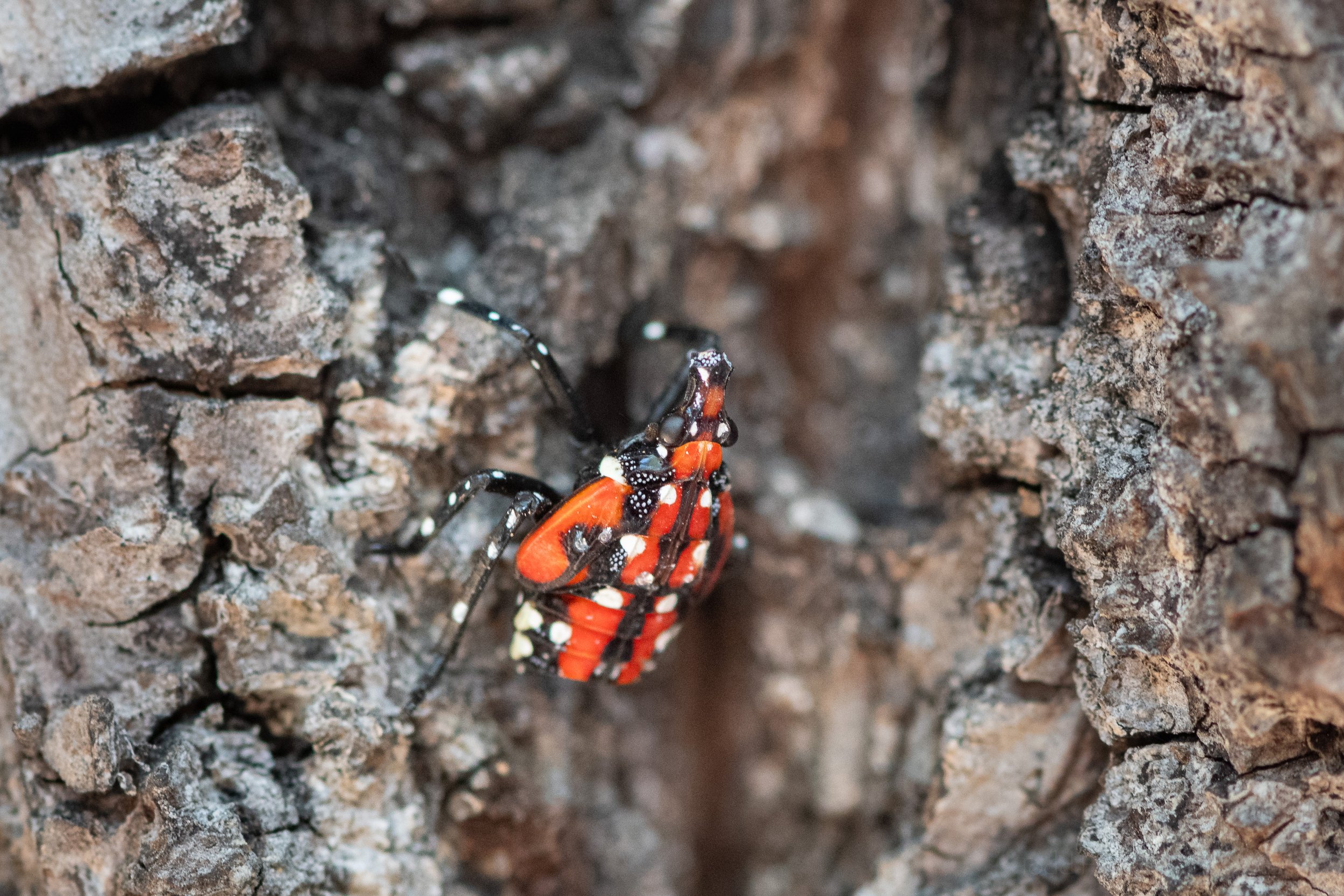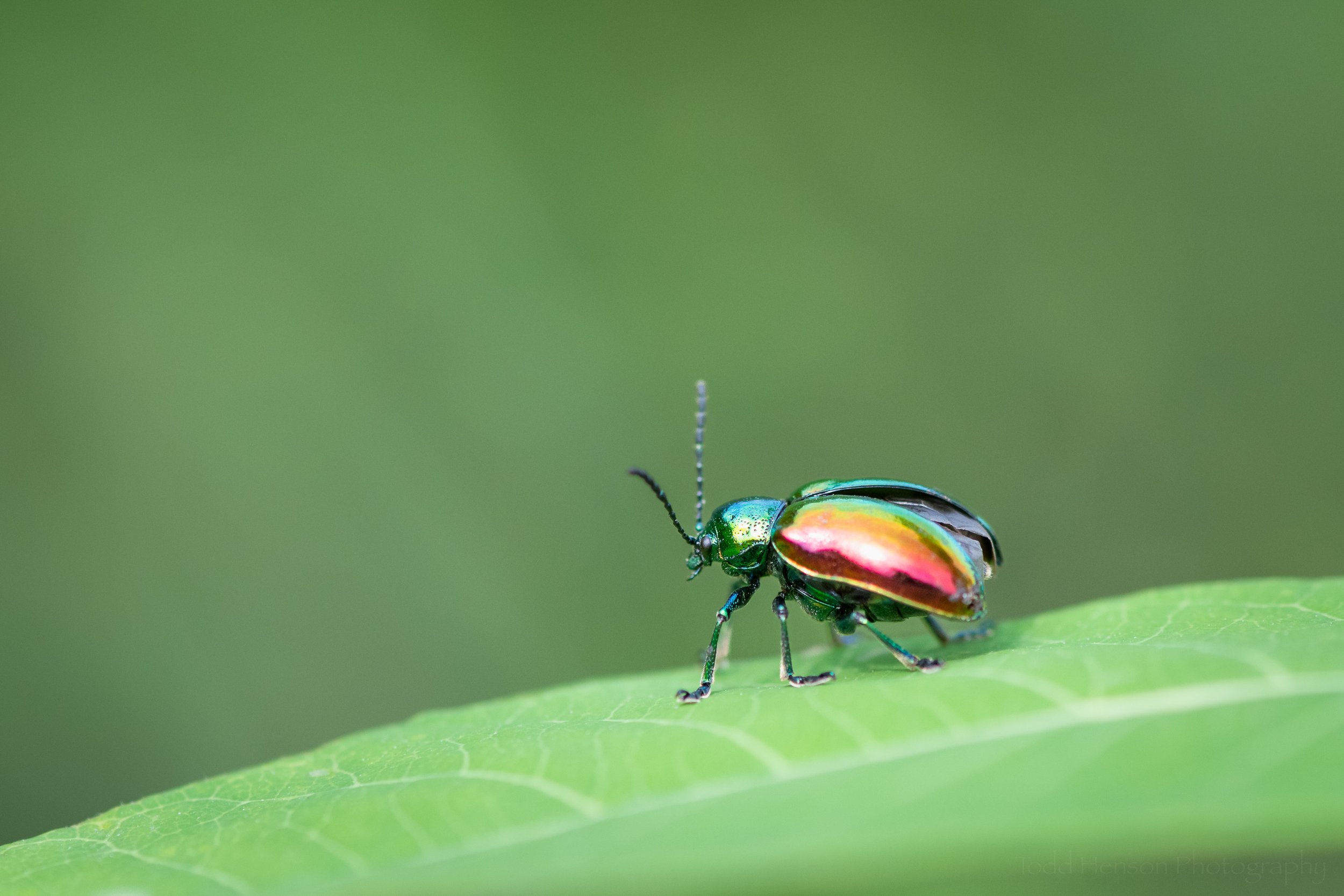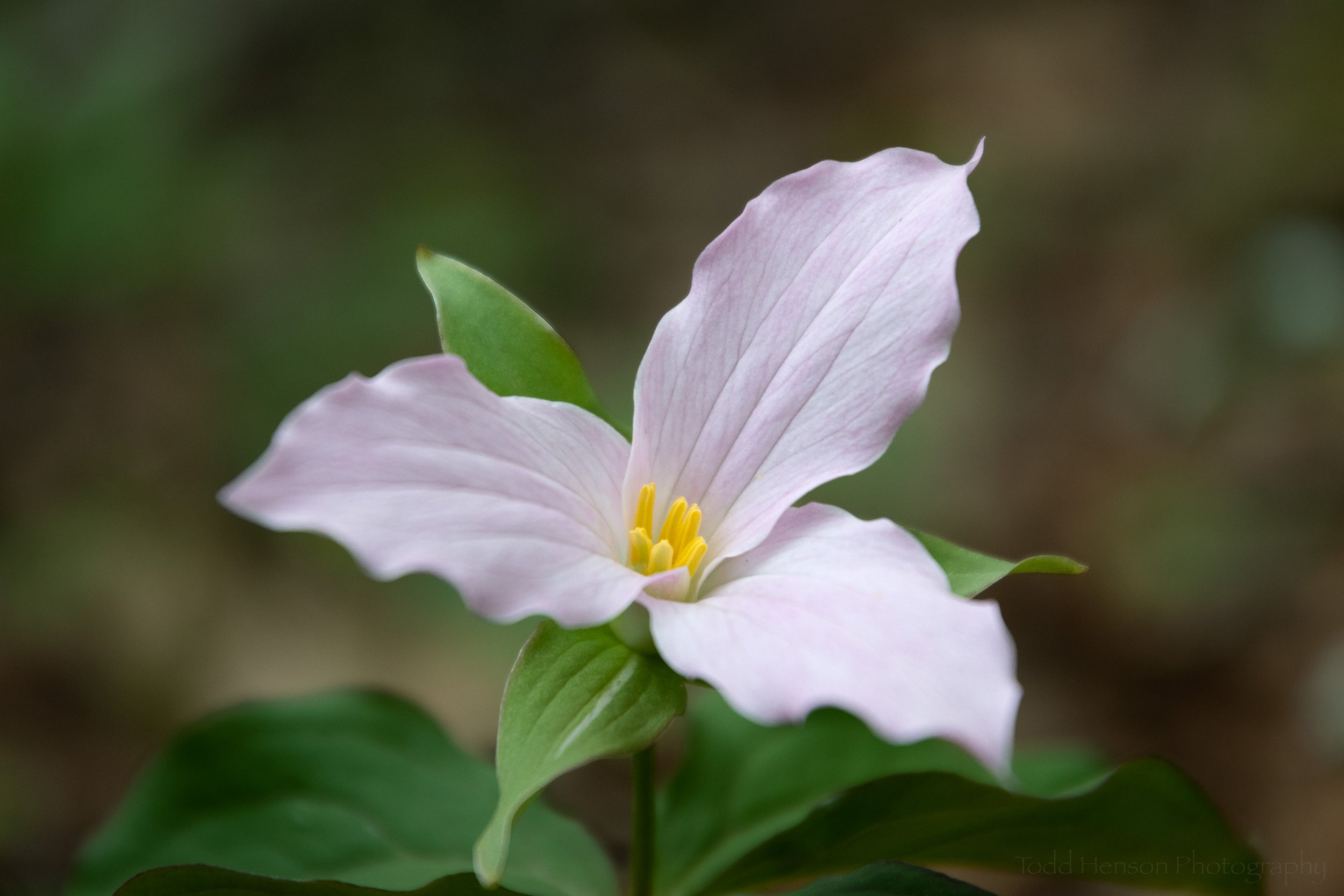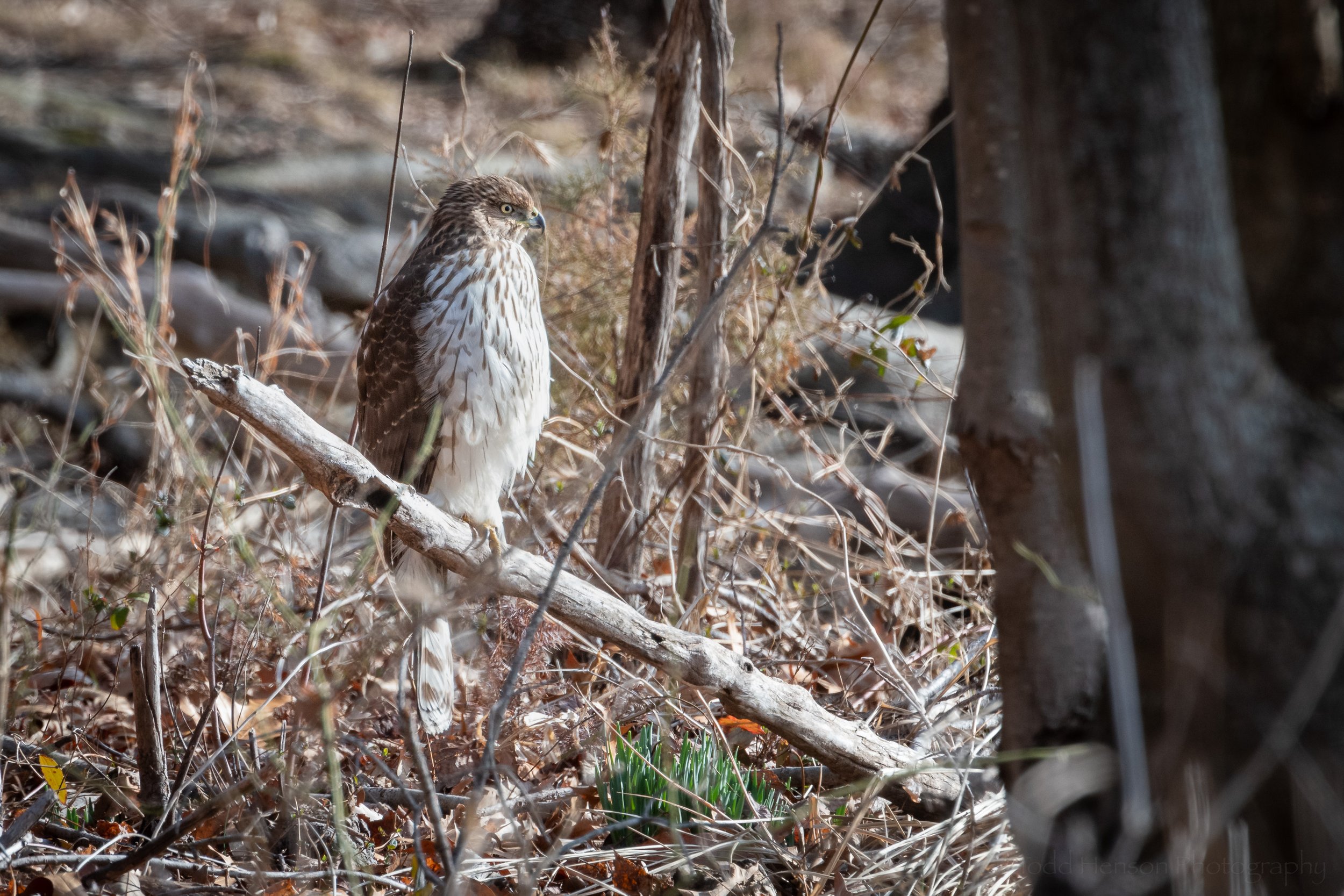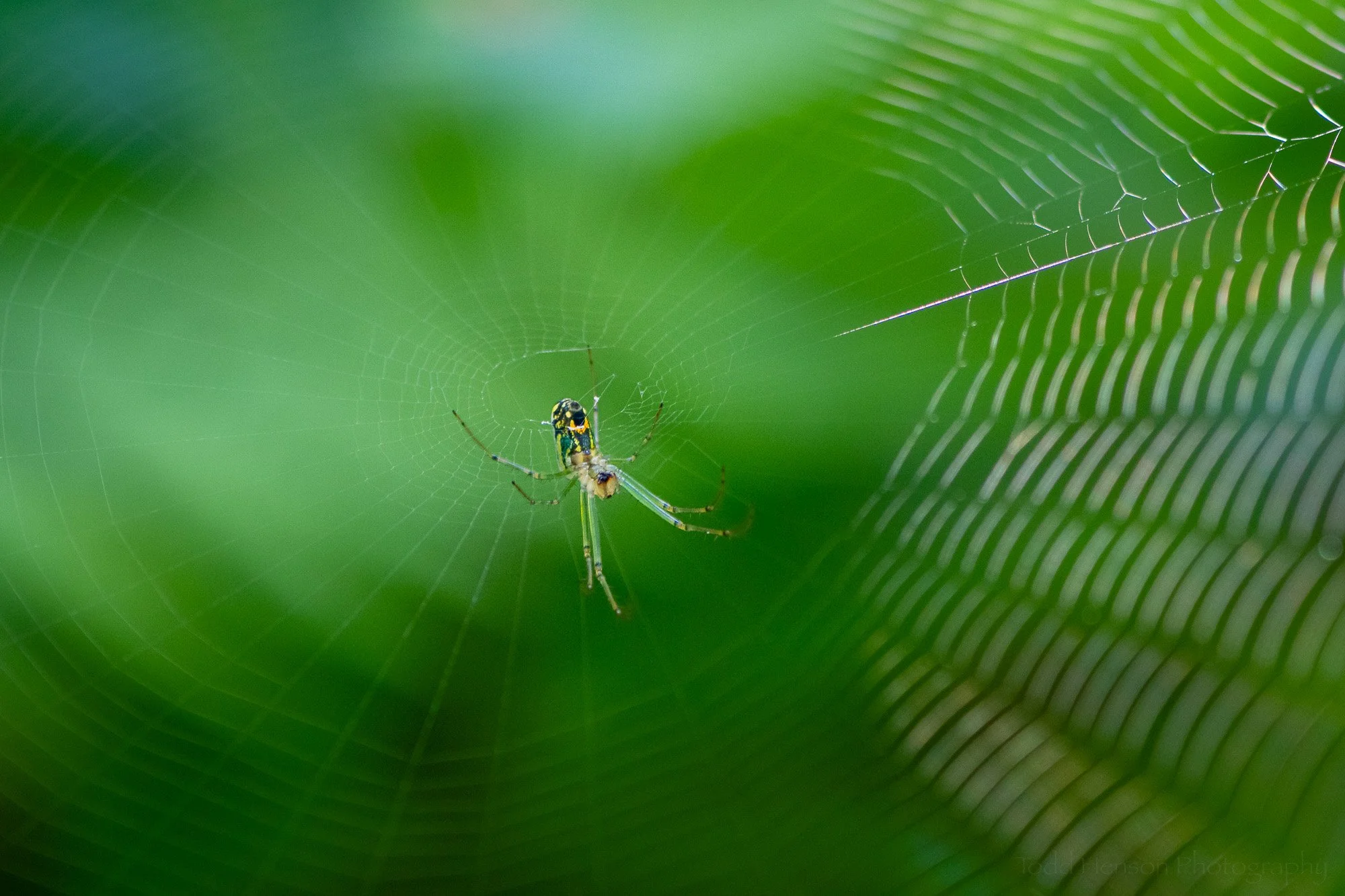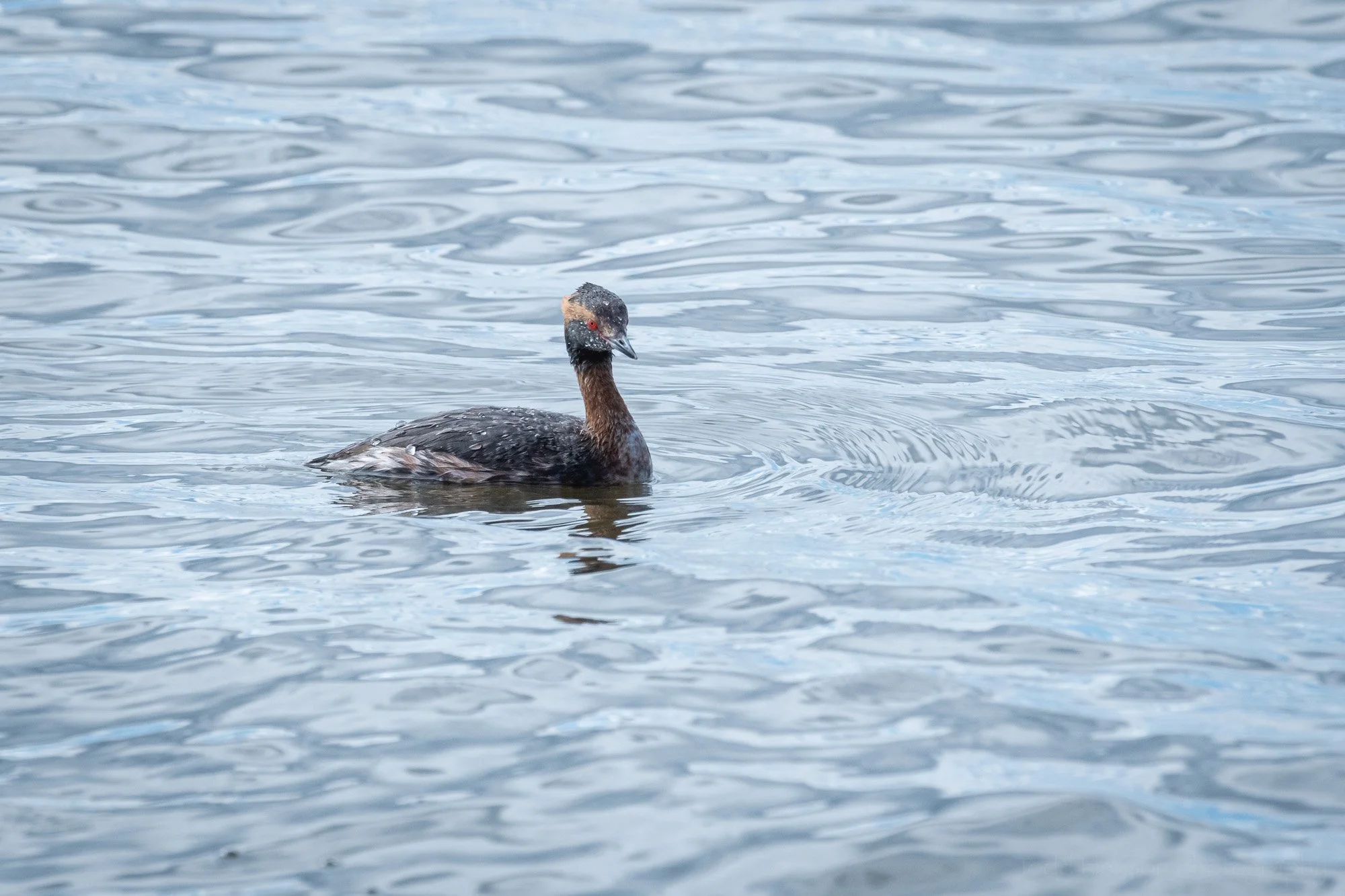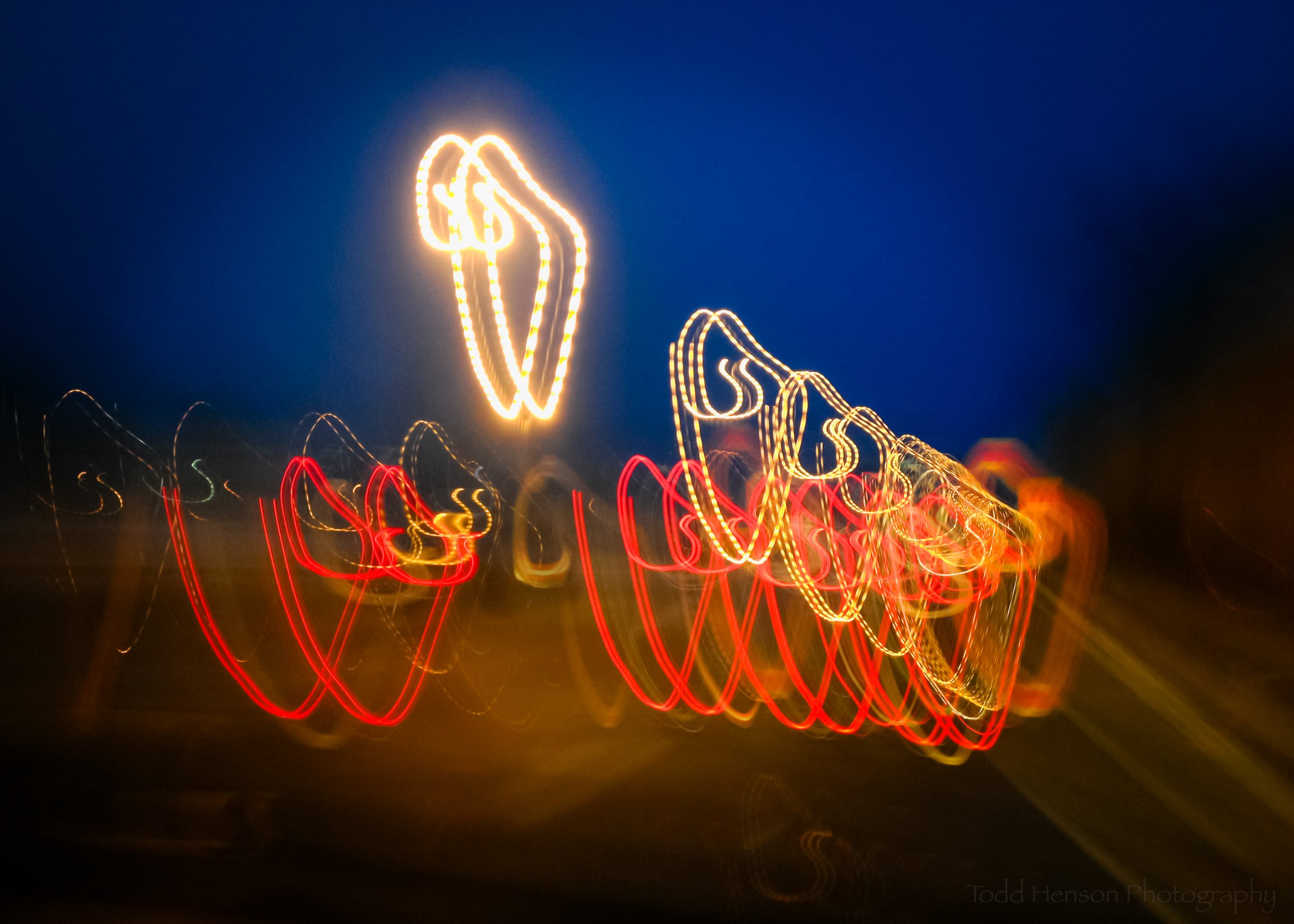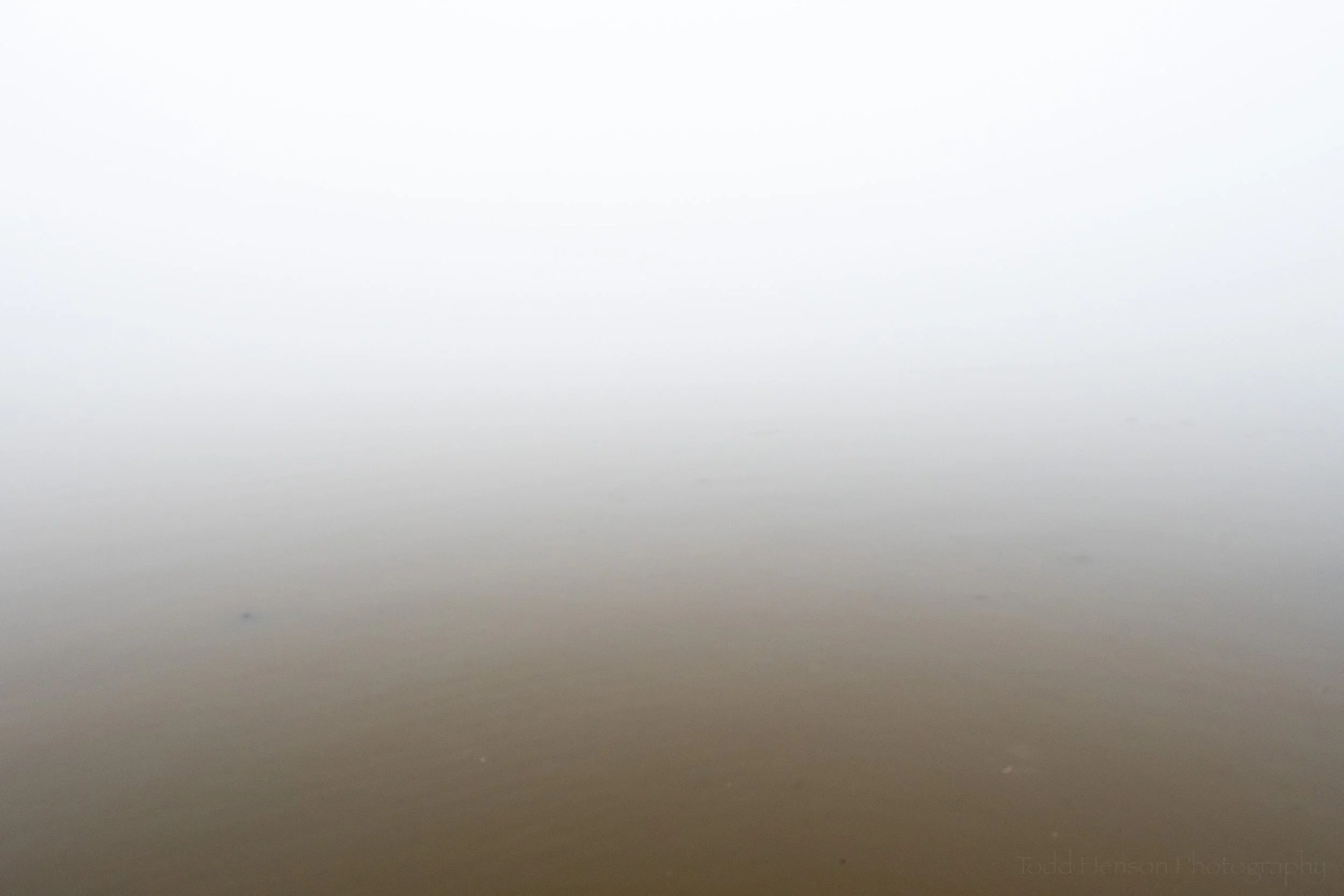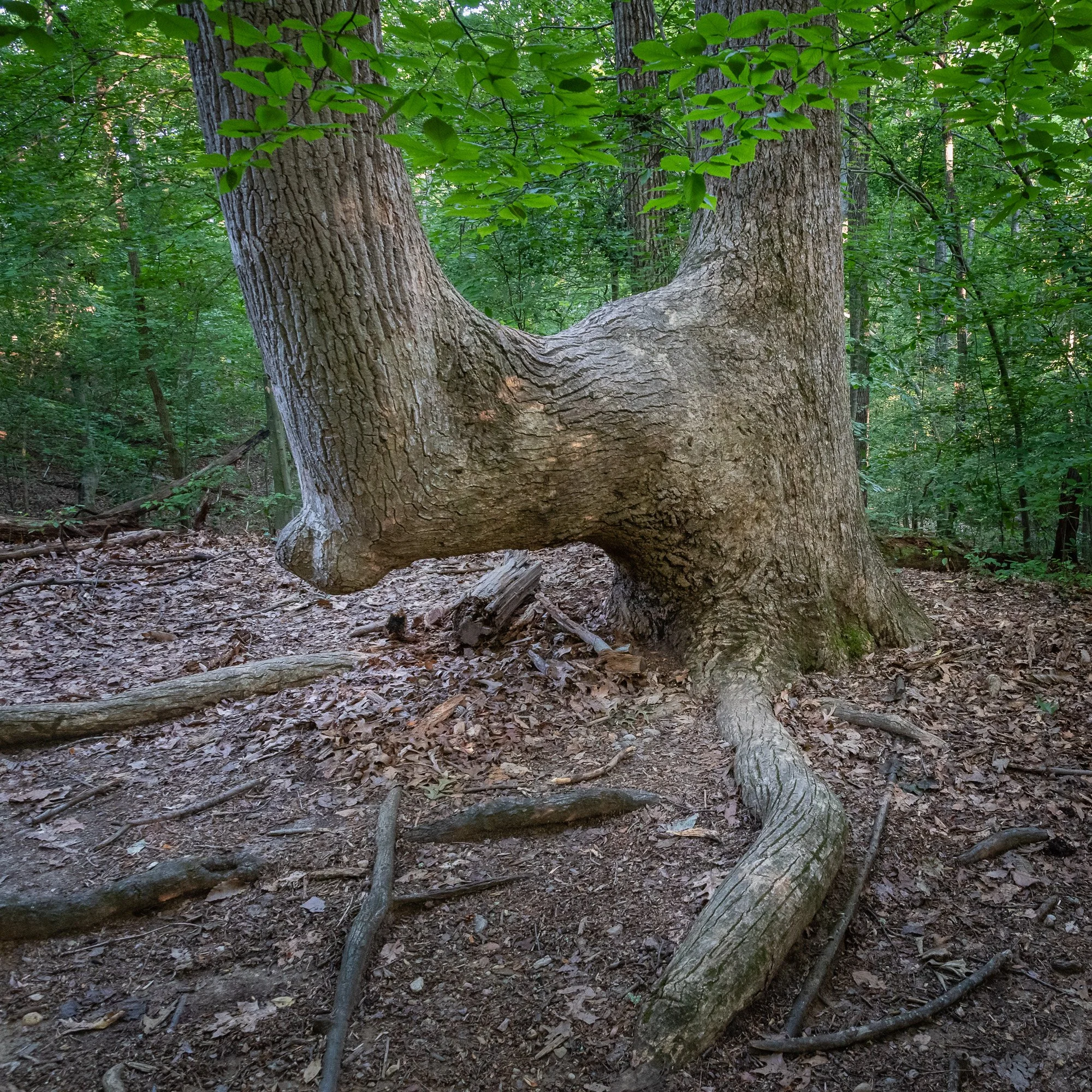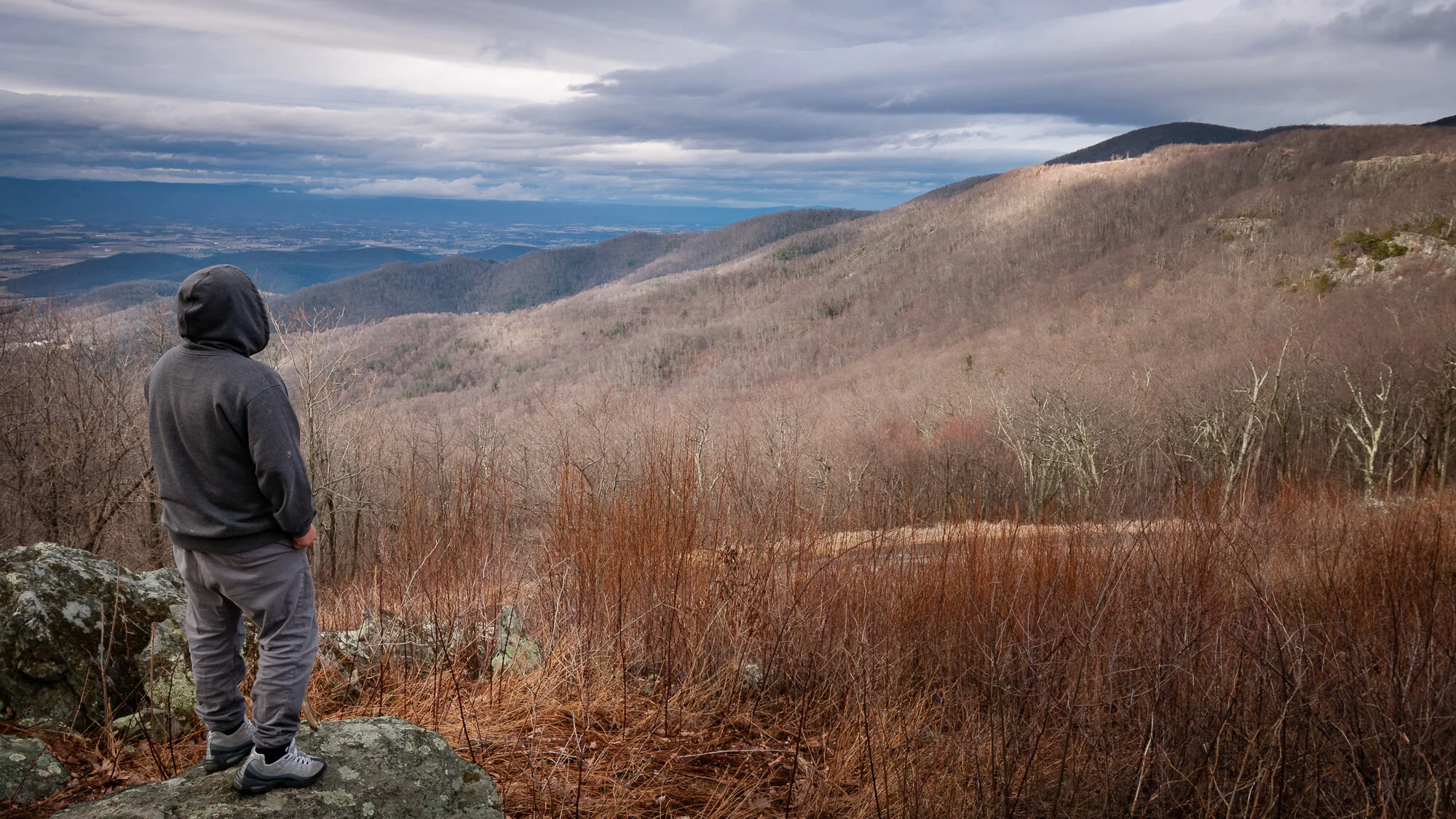A Northern Pintail duck flying right in front of me. Click the image for a larger view.
It was mid-January in Northern Virginia and the weather was unseasonably warm. We walked along the boardwalk of the wetlands park watching several species of ducks swimming at a distance, along with the typical groups of Canada Geese. One species of duck that caught my eye, as it often does, was the Northern Pintail, named because of that distinctive tail, as seen in some of the included photos.
Northern Pintails are a beautiful duck. The males have a brown head with a white neck that makes them easy to identify. They have a light reddish-brown chest and light brownish-grey back. As with many duck species they have gorgeous colorful bars on their wings, most easily seen when they take flight. Photographing ducks in flight is something I always hope for, though it can be quite a challenge.
On this particular day I hadn’t gone out with the intention of photographing birds in flight. If I had, my gear of choice would likely have been my 200-400mm lens, perhaps with a 1.4x teleconverter to bring me in a little closer. But for this trip I wanted something a little lighter and less bulky, something I could hand hold with ease. And because my 70-200mm is currently on the fritz I borrowed my brother’s 70-300mm lens.
A male Northern Pintail swimming in the wetlands.
Instead of seeking out birds in flight I was looking for more static subjects. Because of this I’d turned off the continuous high speed shutter mode to keep from creating lots of images of the same thing. A continuous shutter is great for capturing action, but a waste of frames for still subjects. And then I saw the Northern Pintail swimming alone not that far from the boardwalk.
I should have switched back on continuous high shutter mode when I began photographing the pintail, but I don’t always think of these things fast enough. After all, the duck was peacefully swimming in the water, not moving all that fast. And though I still had the camera set to continuous low, continuous high would have better prepared me for what came next.
The Northern Pintail took flight.
Seemingly out of the blue the duck sprang from the water and took flight. I wasn’t prepared for this so I didn’t capture any images as it first left the water. But I was fortunate to get it in focus for a couple shots as it flew low over the water, droplets still falling from its wings. I didn’t expect much. The lens I was using isn’t the fastest lens. But it’s also a lens I don’t have much experience with, so I may have underestimated it.
Profile shot of the Northern Pintail in flight.
Because I wasn’t in continuous high I didn’t capture as many frames as I’d have liked, but I was thankful I still captured some. At one point I realized I’d lost focus, so I worked to track the duck and regain focus, worried I wouldn’t be able to. But the lens quickly locked back on as the duck gained elevation passing right in front of me. This created a nice profile view of the pintail in flight, still throwing off droplets of water. The final image shows the departing pintail and some of those beautiful color bars I’d mentioned on its wings.
The departing Northern Pintail shows its beautiful wings.
In the end I was very impressed with how this lens handled tracking a bird in flight. It did a better job than I’d expected and many of the out of focus frames I captured were more due to my poor technique and being unprepared than they were through any limitation of the lens. At this point I’m considering purchasing one as a reasonably light weight walk around lens. I wouldn’t get it specifically for birds in flight, but at least now I know it’s capable of that. And if I don’t end up purchasing one I likely will ask to borrow it again.
Do you enjoy these posts?
Sign up to receive periodic emails with updates and thoughts. Don’t worry, I won’t spam you. And please consider purchasing artwork or products from my online store, and using my affiliate links in the sidebar to the right when shopping online.
I appreciate your support!
